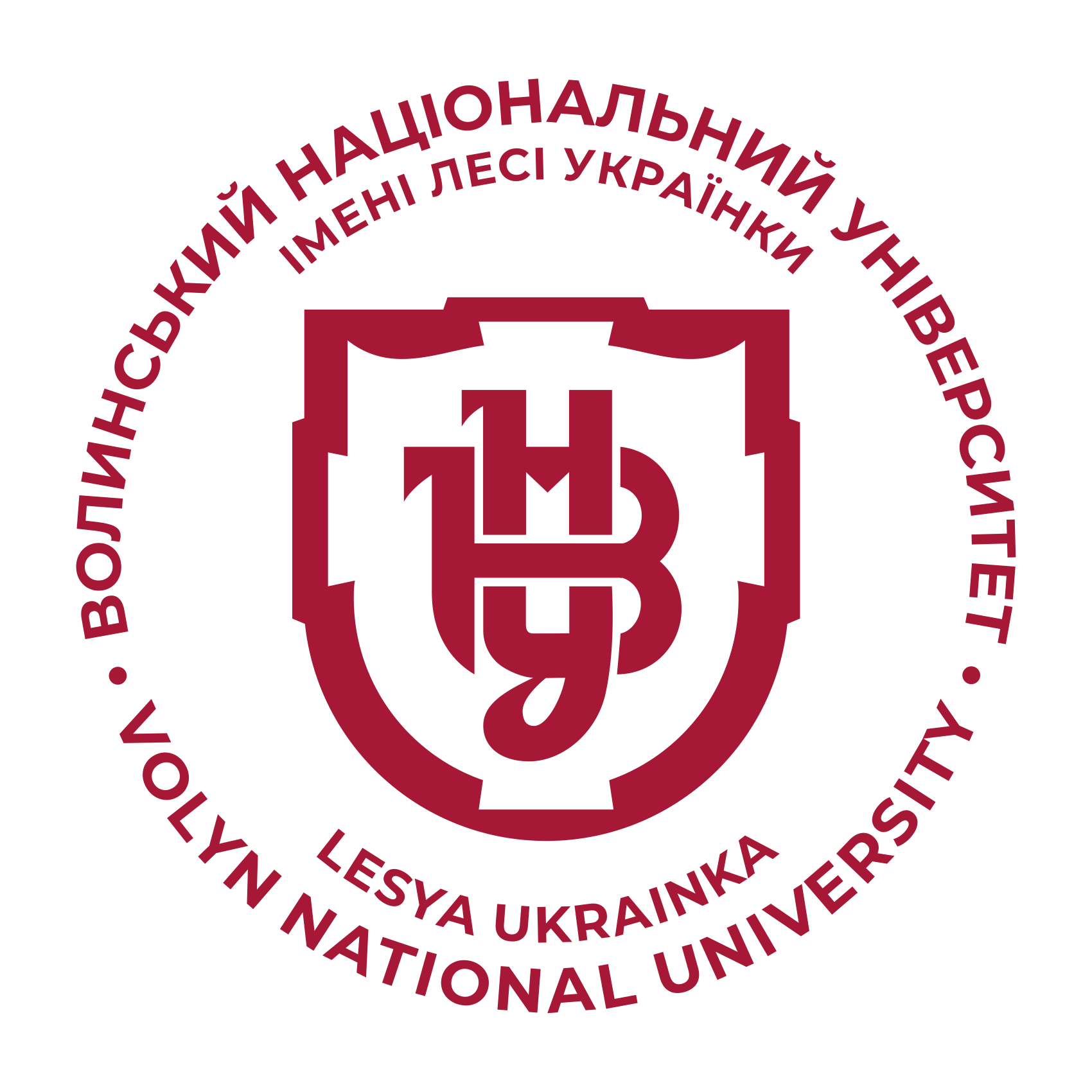LEADERSHIP AND PROJECT TEAMS MODELS
DOI:
https://doi.org/10.29038/2786-4618-2025-02-108-116Keywords:
project management, leadership, project team, model, project approach, situational approach, synthetic approach.Abstract
Introduction. High competition and rapid changes in the market require effective management, which is achieved through leadership and clear teamwork. The project approach allows you to minimize uncertainty, ensures effective distribution of responsibility and promotes more productive coordination between team members.
Purpose of the article:: development of the author's vision of a general model of project team formation, justification of situational models of leadership and project teams.
Methods. The work uses a synthetic approach to project team formation as a set of the following general scientific approaches: system-structural - to develop a general model of project team formation; process and functional - to substantiate the content of the components of the project team formation model; situational - when substantiating the types of project teams depending on the characteristics and environment of the project.
Results. The author's vision of the general model of project team formation as a three-layer structure has been developed, which determines the prerequisites for the creation, development and effective functioning of a team working on the implementation of a particular project. When forming a project team, the factors of the project environment, the basic conditions of team building (conditions for forming a project team, competencies necessary for the successful implementation of the project, project specifics) are taken into account, which determine the requirements for the leader and members of the project team and their roles, communication features, and achieving the project goal. Based on the conceptual model, the following situational project teams have been developed: a project team focused on the personality of the founder; a team focused on roles; a team focused on competencies; a cross-functional team; a team focused on resources.
Conclusions. Project team formation is a process that takes into account the environment, basic conditions of team building, competencies of participants, and project specifics. The proposed model provides effective team management, and the situational approach allows you to specify the role of leadership and adapt the team structure depending on the needs of the project. A clear distribution of roles and competencies helps reduce uncertainty, increase productivity and achieve set goals.
References
1. Makintosh-Fletcher D. (2006) Teaming by design: real team for real people. New York. McGraw-Hill, 246.
2. Kozlowski S.W.J., Bell B. S. Work Groups and Teams in Organizations. Cornell University ILR School. URL: http://digitalcommons.ilr.cornell.edu/ articles/389/
3. Honts C., Prewett M., Rahael J., Grossenbacher M. (2012) The importance of team processes for different team types. Team Performance Management: An International Journal.. Vol. 18. Issue: 5/6.
4. Holentovska O. S. (2014) Ohliad zarubizhnykh ta vitchyznianykh pidkhodiv do problemy komandotvorennia [Overview of foreign and domestic approaches to the problem of team building]. Nauka i osvita – Science and Education, 5, 24–30. [in Ukrainian].
5. Moskalenko V. O. (2014) Suchasni pidkhody do formuvannia komandy proektu [Modern approaches to project team formation]. Intelekt XXI – Intellect XXI, 5, 78–86. [in Ukrainian]
6. Olenich A. V., Shatska Z. Ya. (2012) Formuvannia i rozvytok proektnoi komandy v suchasnykh umovakh [Formation and development of a project team in modern conditions]. Aktualni problemy ekonomiky – Current Problems of Economics, 10 (136), 136–142. [in Ukrainian].
7. Filatov, A. S. (2010) Osoblyvosti formuvannia kros-funktsionalnykh komand dlia upravlinnia innovatsiinymy proektamy [Features of formation of cross-functional commands for management of innovative projects]. Upravlinnia proektamy ta rozvytok vyrobnytstva – Project Management, System Analysis and Logistics, 3, 72-82. [in Ukrainian].
8. Filatov, A. S. (2011) Formuvannia ta diialnist proektnoi komandy v innovatsiinomu protsesi [Formation and activity of the project team in the innovation process]. Upravlinnia proektamy, systemnyi analiz i lohistyka. Ser.: Tekhnichni ta ekonomichni nauky – Project Management and Production Development, 8, 201-204. [in Ukrainian]
9. Krasnostup V. M. (2017) Vzaiemozviazok rolei uchasnykiv kros-funktsionalnoi komandy personalu pidpryiemstva z etapamy yii zhyttievoho tsyklu [The Relationship of the Roles of Participants in a Cross-Functional Team of Enterprise Personnel with the Stages of its Life Cycle]. Theoretical and Practical Aspects of Economics and Intellectual Property, 16, 54-59. [in Ukrainian].
10. Mohamed M., Stankosky M., Murray A. (2004) Applying knowledge management principles to enhance crossfunctional team performance. Journal of Knowledge Management. Vol. 8, 3, 127-142.
11. Kettley P., Hirsh W. (2000) Learning from Cross-functional Teamwork: report of the Institute for Employment Studies. Brighton,. 74.
12. Zhylinska, L. O. (2015) Kohnityvne modeliuvannia produktyvnosti pratsi na zasadakh Kaizen tekhnolohii ta kros-funktsionalnosti personalu [Cognitive modeling of labor productivity on the basis of Kaisen technologies and cross-functionality of personnel]. Naukovyi visnyk Khersonskoho derzhavnoho universytetu – Scientific Bulletin of Kherson State University, 4/11, 168-172. [in Ukrainian].







